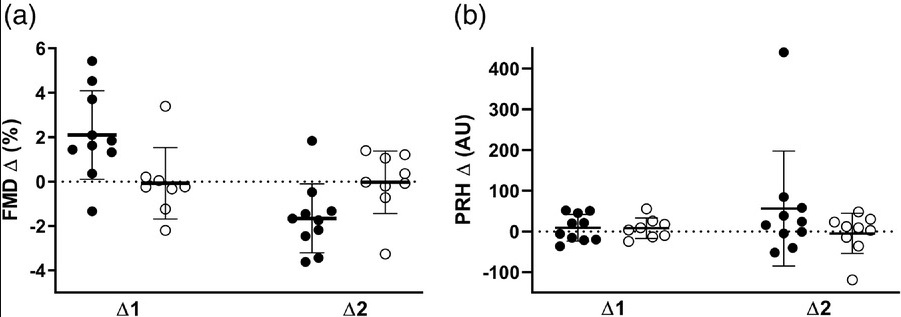
The findings of this one suggest that when resistance training is performed close to or to muscular failure, more than 5 minutes of rest may be needed to reduce the fatigue induced during the set, but during sessions well below muscular failure, 2 minutes of rest may be enough.
- The study describes the acute mechanical and metabolic responses following 8 different resistance training protocols in which the scheduled volume load was equated between them, but loading conditions, rest time length, and set configuration were manipulated.
- Findings support that manipulating intensity, rest time, and set configuration induces different mechanical and metabolic responses, despite using a matched-volume load for all resistance training protocols.
- As the training protocol approached muscle failure, the mechanical and metabolic response increased.
- The descriptive characteristics of the velocity derived parameters revealed lower average mean propulsive velocity and higher average velocity loss magnitude & effort index for protocols with longer set configurations and shorter rest periods.
- Shorter set configurations (ie, more frequent rest times) and longer rest times produced a reduced mechanical and metabolic response, assessed by the pre–post changes in the mean propulsive velocity attained with 60% of 1RM load, and the blood lactate concentration.
- Therefore, intensity, set configurations (ie, shorter sets), and rest time and its distribution (ie, longer and more frequent interset rests) seem to modulate the stimuli induced during resistance exercise, despite volume load being equated for all protocols.
- "Our results agree with previous studies, which recommended at least 3 minutes of rest time for the maintenance of high velocities and higher power production during RT sets."
Refs:
doi.org/10.1080/147631…
doi.org/10.1055/s-2007…
Refs:
doi.org/10.1080/147631…
doi.org/10.1055/s-2007…
- "The present data show that shorter set configurations (ie, more frequent rest times) and longer rest times resulted in the highest mean velocities, the lowest values of VL and EI, and a reduced mechanical and metabolic postsession response...
"...Of note is that those protocols performed close to or to failure resulted in higher levels of fatigue, regardless of the intensity and interset rest time used."
Acute Mechanical and Metabolic Responses to Different Resistance Training Protocols With Equated Volume Load
doi.org/10.1123/ijspp.…
#exercise #Workout #TrainHard #GymLife #GymTime #muscle #strength #lift #GetStrong #hypertrophy #gainz #gains
doi.org/10.1123/ijspp.…
#exercise #Workout #TrainHard #GymLife #GymTime #muscle #strength #lift #GetStrong #hypertrophy #gainz #gains
• • •
Missing some Tweet in this thread? You can try to
force a refresh










